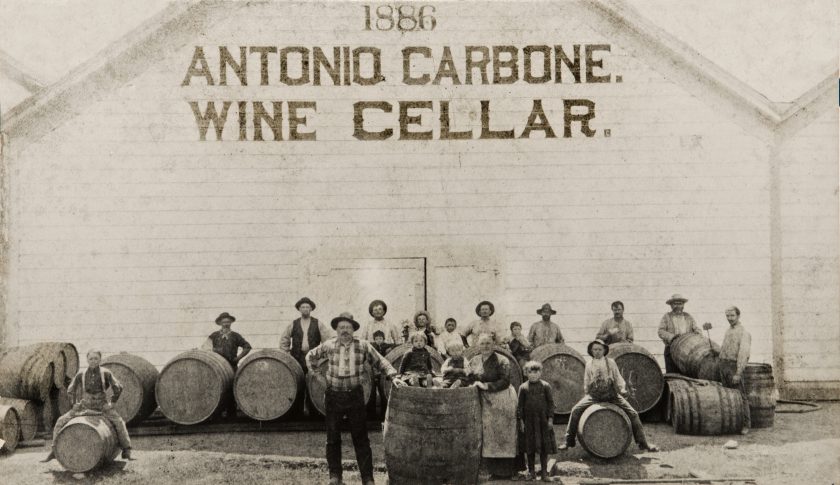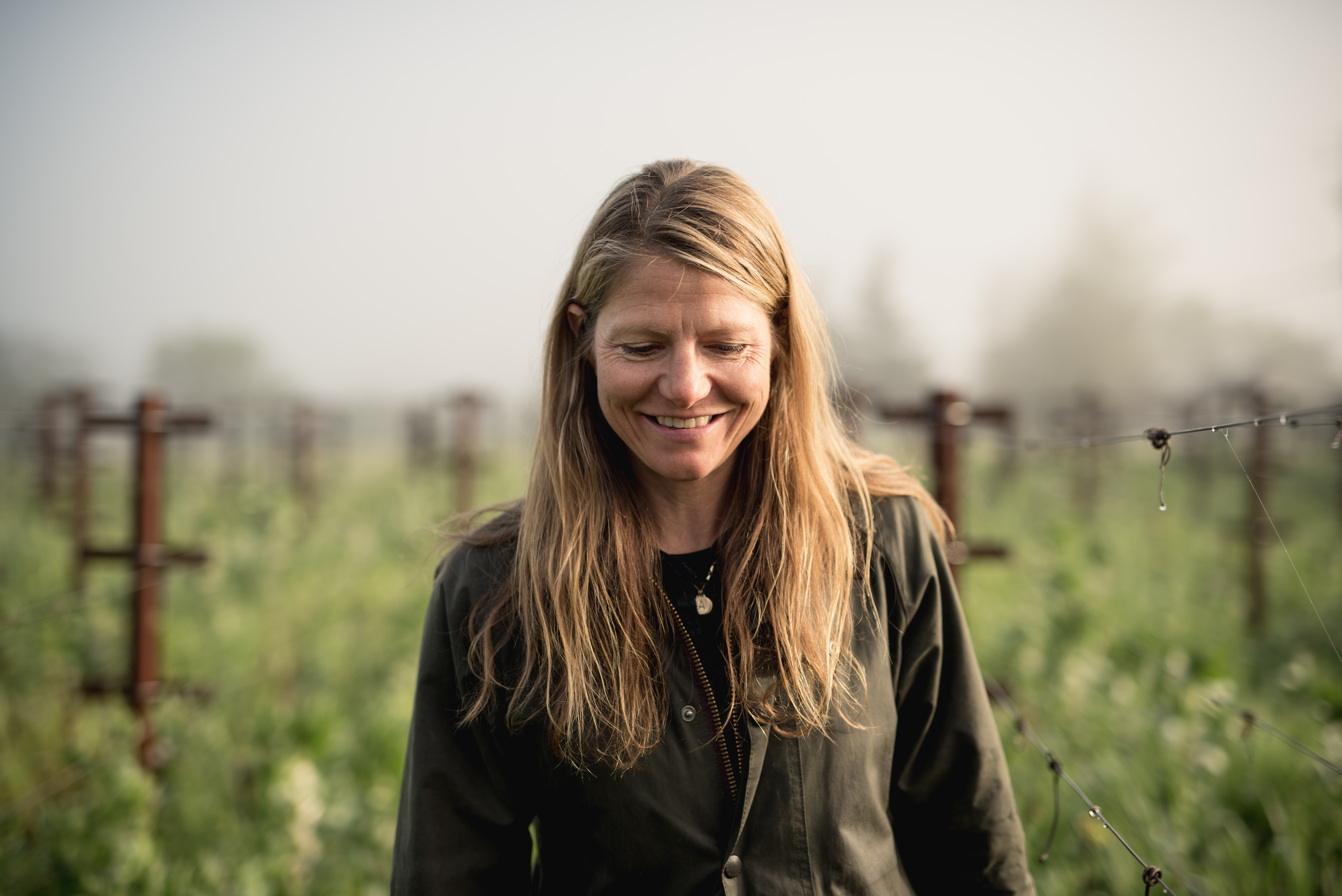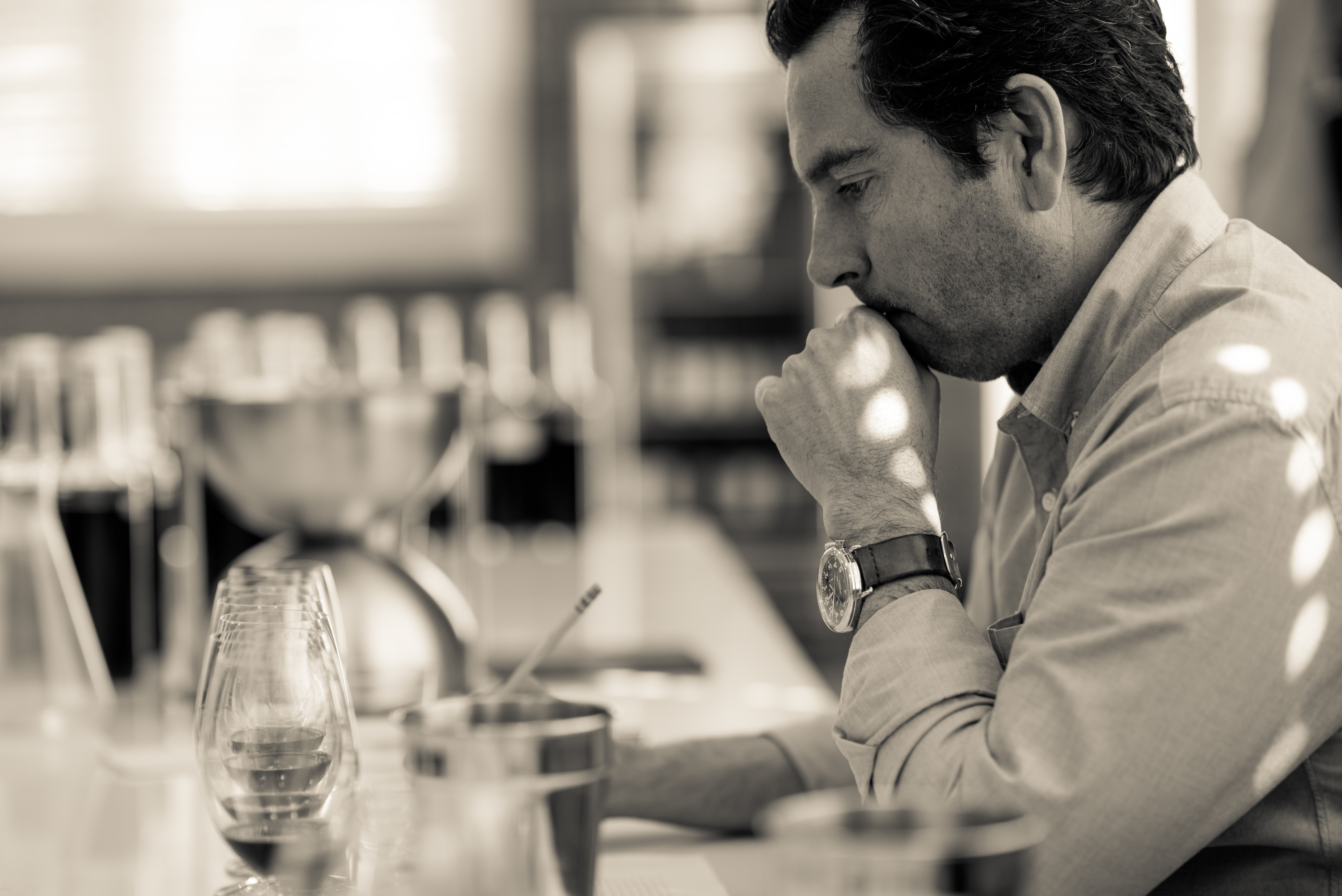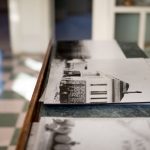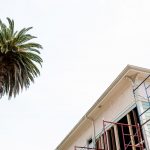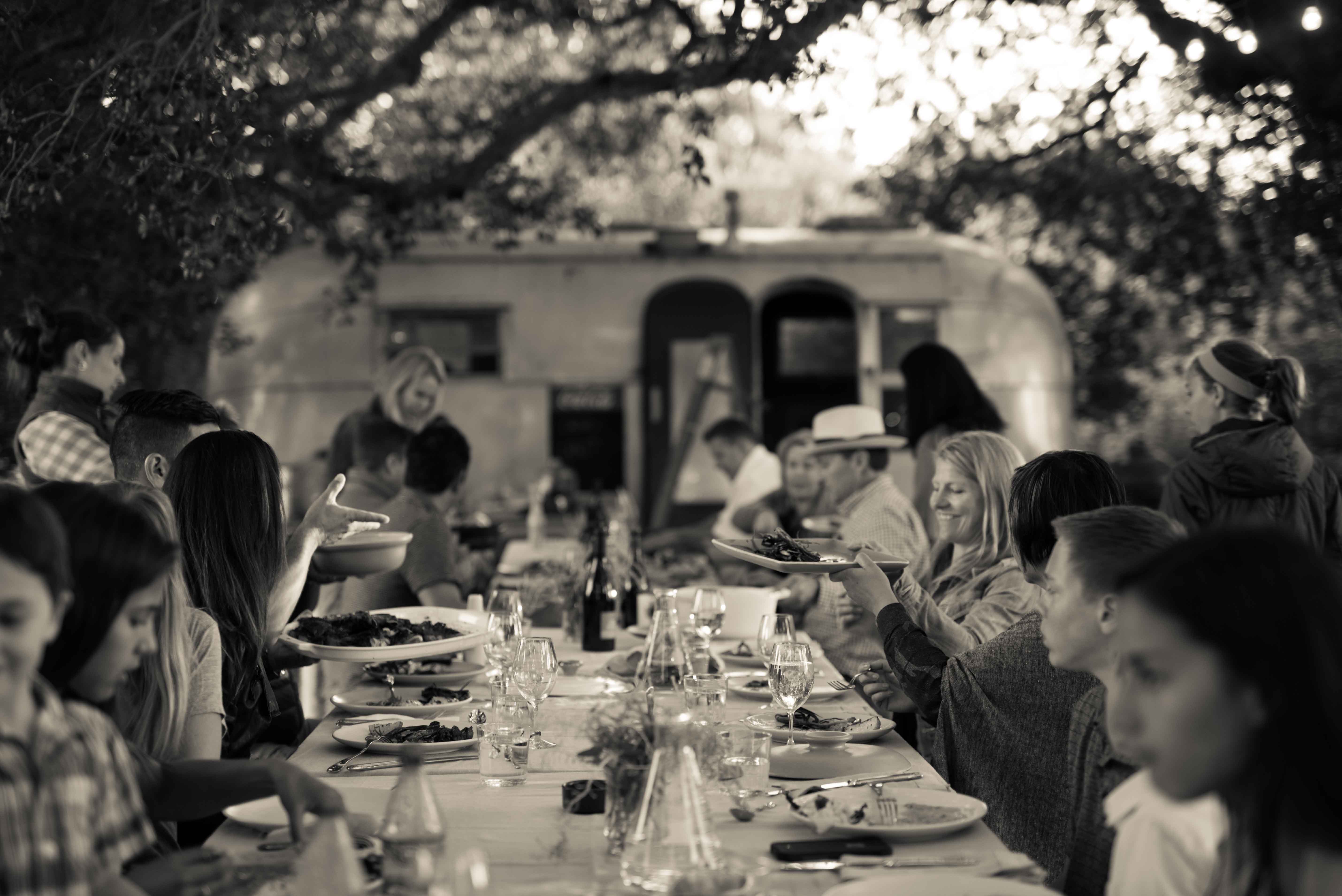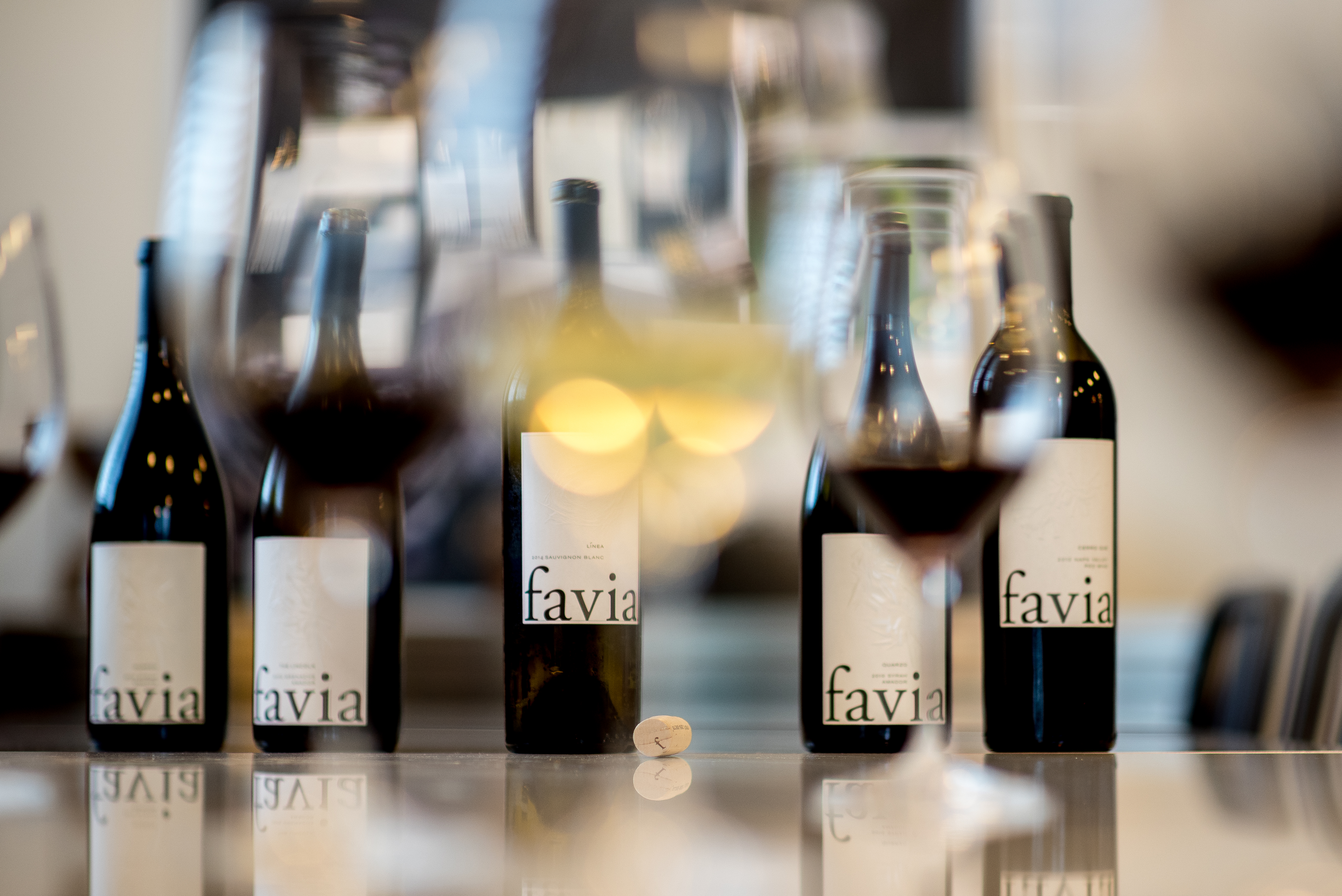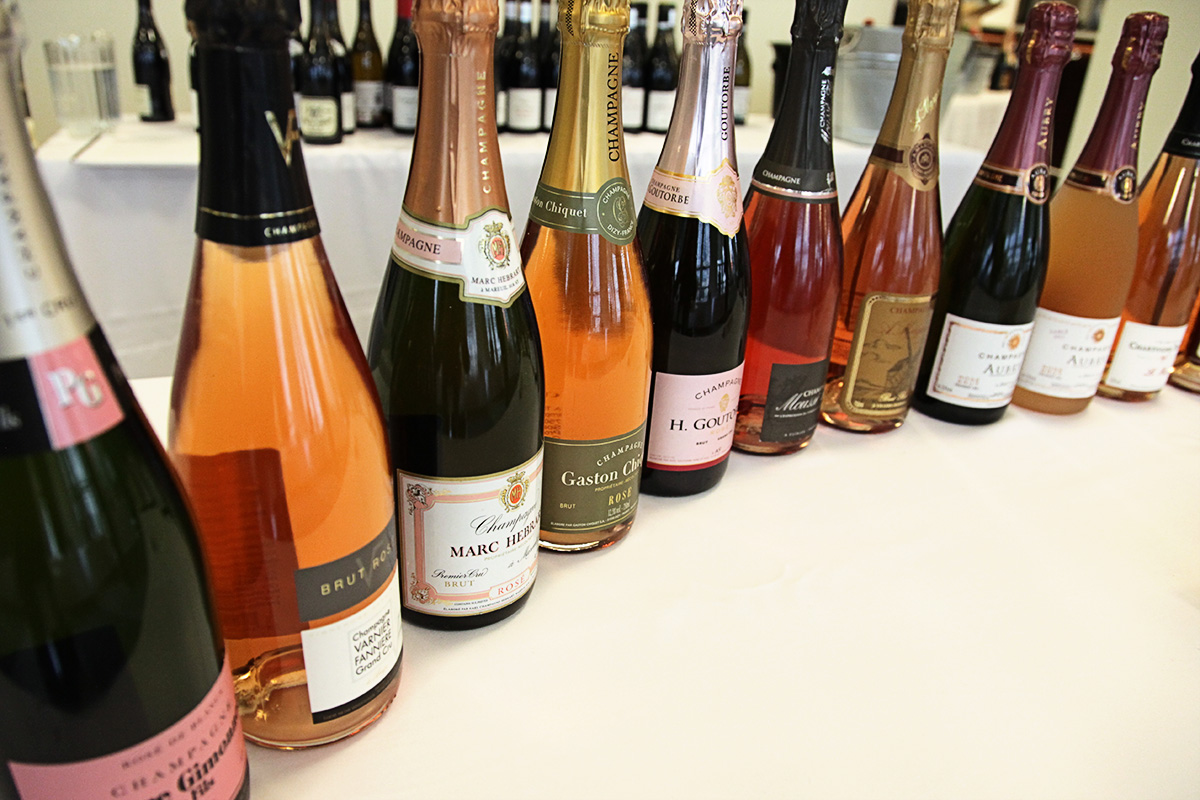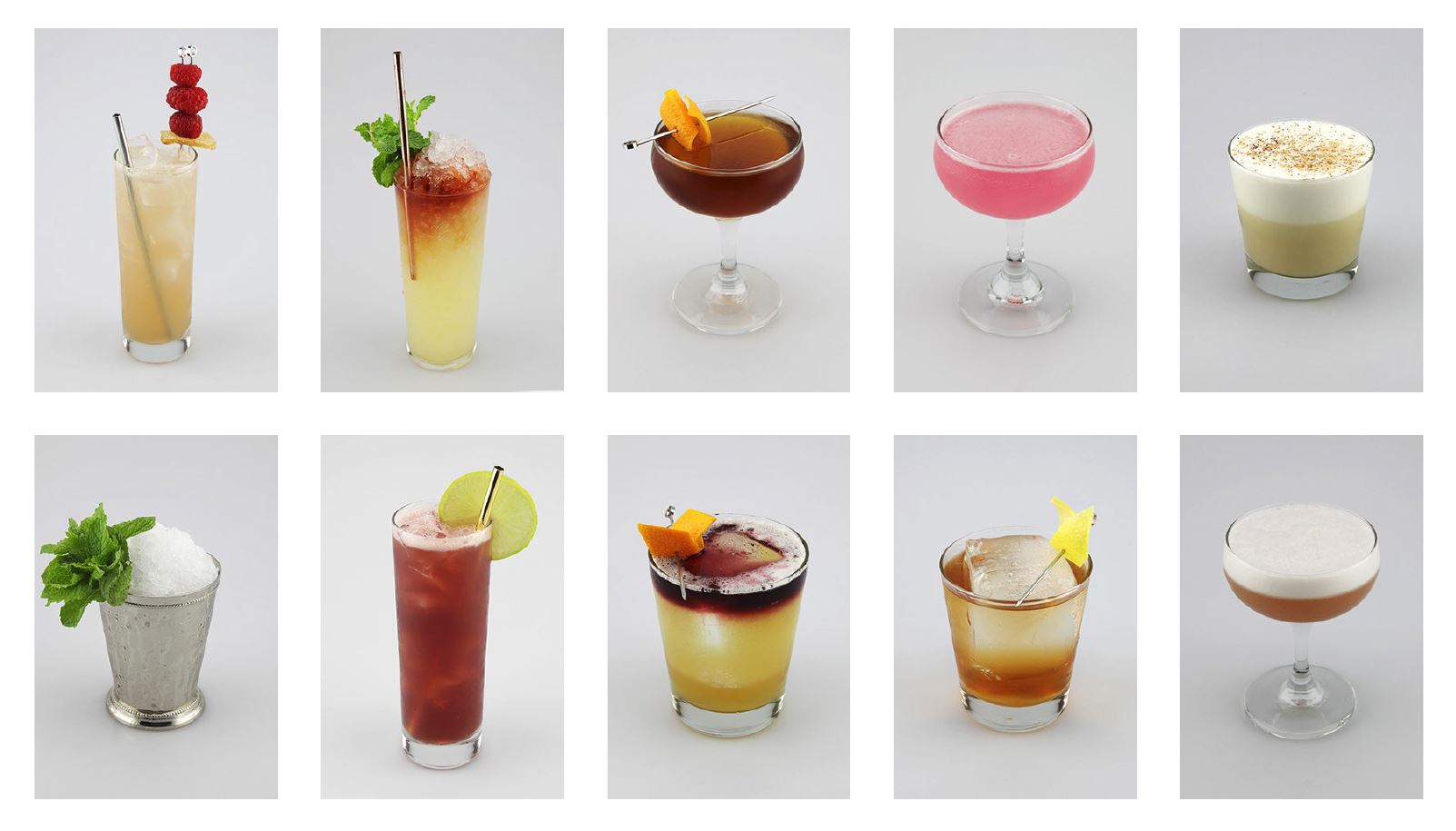“The most trifling action, every little thing accomplished, has something of importance in the great cosmic household, and it is merely a question of being aware of this importance.” – Rudolf Steiner, Knowledge of the Higher Worlds and its Attainment, 1904
e·col·o·gy – late 19th century, from German Ökologie, from Ancient Greek οἶκος (oîkos, “house”)
Just east of the city of Napa, the foothills of the Vaca Mountains soon gather to form a west-facing horseshoe – and embraced at its center is Coombsville. A young appellation (though commonly referenced by name as early as 1914), Coombsville is often described by its topographical resemblance to a “cup and saucer.” The ancient geological events by which we can account for this unique display are still enwrapped in speculation, however there is evidence of an abrupt and volatile past: volcanic eruption and collapse, uplifts and landslides, and the massive deposit of debris. These events established a niche within the Napa Valley, a quiet harbor for unique climatic and geologic character – and, resultantly, an equally compelling terroir.
If we are to understand terroir as placeness, let us then further regard our glass of wine as a reflection of those who have settled there. Their history, their ideology, their dedication. It is here at the center of Coombsville that, some one hundred and fifty years ago, the Carbone family, believed to be the earliest Italian immigrants to the Napa Valley, chose to settle. Natives of Genoa, they planted the first commercial vegetable gardens in Contra Costa and Napa counties. In 1870, they purchased 125 acres in Coombsville, which would eventually become the Antonio Carbone Wine Cellar and Italian Garden. Here the Carbones produced wine, sold before Prohibition at a rate of “3 or 4 carloads a month.” Their Italianate stone cellar and residence, constructed in 1886, continues to stand today – prepared again to be a family home and winery. It is here that Annie Favia has chosen to set up shop.
Annie and her husband, Andy Erickson, began Favia Wines in 2003, amidst myriad responsibilities at Napa’s most lauded wineries and vineyards. After tutelage in the cellars of John Kongsgaard and Cathy Corison, Annie dedicated nearly a dozen years to hands in hallowed soils as a viticulturist under David Abreu. Andy, meanwhile, can draw a map of the valley using his résumé as a legend. To start, his voice has echoed in the cellars of Screaming Eagle, Ovid, and Dalla Valle. Their commitment to Coombsville, however, began first with a family home more than a decade ago. In alignment with biodynamic principles, they devoted much of their first property to the production of food: fruit trees, vegetables, honey, eggs. And, finally, Annie planted an acre of dry-farmed Sauvignon Blanc – a vineyard of her own. But Favia Wines was still without a home.
The historic Carbone property, now 6.5 acres along Coombsville Road, then presented Annie and Andy the opportunity to sharpen their vision for Favia Wines with the privilege to own both a winery and home in Coombsville. Using a trove of historical documents and testimony from descendants of Antonio Carbone, they have embarked on a full restoration of the original residence – and soon will live above their resting wine barrels. The historical documents have taken Annie and Andy into the fields, too, with comprehensive logs of the Carbone’s produce. In addition to the existing two acre walnut orchard, they have planted eighty fruit trees, and their anxious hands anticipate the planting of an olive grove.
But their engagement with the property extends beyond providing sustenance – and further back to before the arrival of the Carbones. The property is bisected by Witweather creek, which is all but dry by late spring. Always with water consciousness at the forefront of their decisions, the Favia-Ericksons have restored the local ecology with native plants, many of which historically provided utility to indigenous people. As relentless students and practitioners of biodynamic principles, their approach to the vineyard and its surrounding lands is holistic. In service of “the whole household of nature,” they ask, how will seemingly localized decisions ultimately affect the vineyard, and further out, the appellation, and yet further, the valley and the Bay Area?
Annie and Andy are quick to tell you that Coombsville is cool in two ways. Climatically, it’s cooler than its neighbors. But it’s also cool, “like, Brooklyn cool,” Andy proudly declares, mostly laughing but with the slightest wince. Aside from the airstream trailer – residence to a homespun, backyard speakeasy – and the impromptu picnic-table “tasting room,” their corner of Napa is decidedly not Brooklyn. In fact, it is more apt to say that Brooklyn is in constant pursuit of “Coombsville cool.” That is, the very tenets that drive this brand of contemporary culture – a reverence for craft, a celebration of time and place, a commitment to self-reliance – thrive in Coombsville. This is not as an exercise or performance, but a time-proven ideology and a way of life. The Carbone winery is standing proof of a history of self-reliance – and in the hands of Favia Wines, it will be a legacy, too.
All photos courtesy of Favia Wines
faviawine.com




